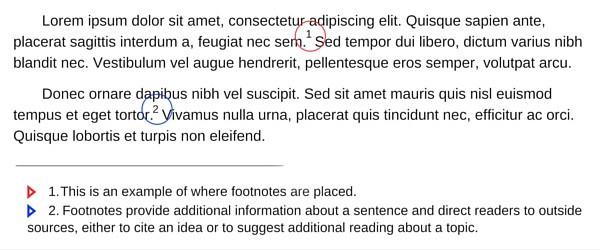

1ġ See, for example, John Doe, Book of New Attitudes (New York: Oxford Press, 1995) Jane Doe, New Scholarship (Austin: University of Texas Press, 2002) and Michael Michaelson, "Article with New Ideas," Journal of American History 76, no. Over the past thirty years, historical scholarship has seen a shift in attitudes on this point.

You can do this with a footnote that simply lists multiple citations introduced by “See, for example,” or “See also.”įor example, you might write something like: you are directing your readers to that body of work if they need more information.you have done your research and are familiar with the essential components of that body of work.With many other sources, you simply need a way to indicate that: You will quote, paraphrase, or summarize only key sources that are essential to support your point or argument.

It is rarely if ever necessary to quote-or even to summarize or paraphrase-every single source on a topic.


 0 kommentar(er)
0 kommentar(er)
